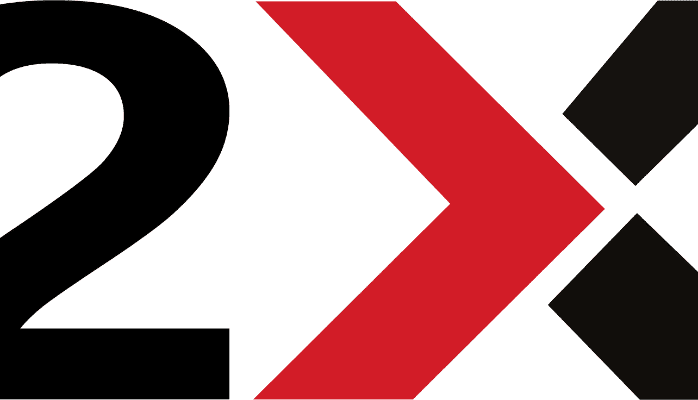January is always the best time of the year to set big growth and success goals for the New Year. There are two main approaches to doing so:
1. Set Attainable Goals. This is the incremental “get a little better” approach, letting past results guide and drive our goal-setting.
2. Set Stretch Goals. Stretch Goals are goals that are beyond, often well beyond, what we have accomplished in the past. Stretch Goals usually feel unrealistic, even to those that set them. These are the goals of “Childhood Imaginings,” the goals we really want to accomplish but as we grow older are almost embarrassed to admit it.
A classic Business Stretch Goal is BIG revenue growth, and a great one especially for smaller business is to put it right out there and aim to doubling revenue not in 5 years or 3 years but in the next 12 short months!
Now many executives react poorly to stretch goals like this. They consider them Pollyanna and distracting to more pressing matters at hand, like keeping the lights on!
Well, in these first few days of the New Year when hope is fresh, as we do our goal-setting let me suggest we set solid Attainable Goals that as we accomplish them in their aggregate add up to Stretch Goals that tickle the loins and fire the imagination!
To demonstrate, let’s break that “Double Revenues This Year” Stretch Goal down into a series of Attainable Goals whereby we improve performance the below four key business processes by just 20% each:
1. Marketing Campaign Conversion
2. Sales Team Performance.
3. Product / Service Pricing
4. Customer Repurchase Rate
Marketing Team Conversion. For the sake of our example, let’s assume in 2016 we send out 100,000 direct mail pieces where we offer a complimentary consultation to learn more about our products / services.
Need Help with Your Growth and Exit Plan?
Click here to schedule a complimentary consultation with a Growthink Consultant.
And let’s say on our past campaigns we have achieved a 1% “conversion,” or 1,000 out of the 100,000 recipients took us up on our offer (i.e. 1,000 leads).
Now, in 2016 let’s improve the quality of our message / positioning such that as opposed to those 100,000 pieces sent resulting in 1,000 leads, we do 20% better and generate 1,200 leads.
Sales Team Performance. Let’s assume our sales team is now, on average, turning 20% of these leads into customers. But, in 2016 we invest in sales training and technologies such that performance increases by 20% so instead of turning 200 of the 1,000 leads into customers, we do so at a rate of 240 out of 1,000.
Pricing. Let’s also take the bull by the horns and raise our prices by 20% from, say $5,000 per order, to $5,600 (and we invest in improving our brand positioning and value proposition to support this higher price).
Repurchase Rate. And finally, let’s operationally improve the quality, speed, and efficacy of our offering such that as opposed to our customers buying from us at an average repurchase rate of twice per year they do so at a rate of 2.4x per year (20% more often).
Need Help with Sales and Marketing?
Click here to schedule a complimentary consultation with a Growthink Expert.
The math is as follows:
Business as Usual: 100,000 marketing pieces x 1% response x 20% sales conversion x $5,000 x an average repurchase rate of 2x / year = Annual Revenues of $2,000,000.
20% Better. 100,000 marketing pieces x 1.2% response x 24% sales conversion x $6,000 x an average repurchase rate of 2.4x / year = Annual Revenues of $4,147,200.
Voila! We set a Big Stretch Goal of Doubling Sales and we then got there through Attainable Goals of improving four key business processes by 20% each.
So before the year gets too far in, let’s set Big Stretch Goals like this and then invest the time and do the work to identify, evaluate, and improve by 20% four business processes to get there.
Just think how great it will feel in January 2018 to look back at a year with this kind of exciting growth!


